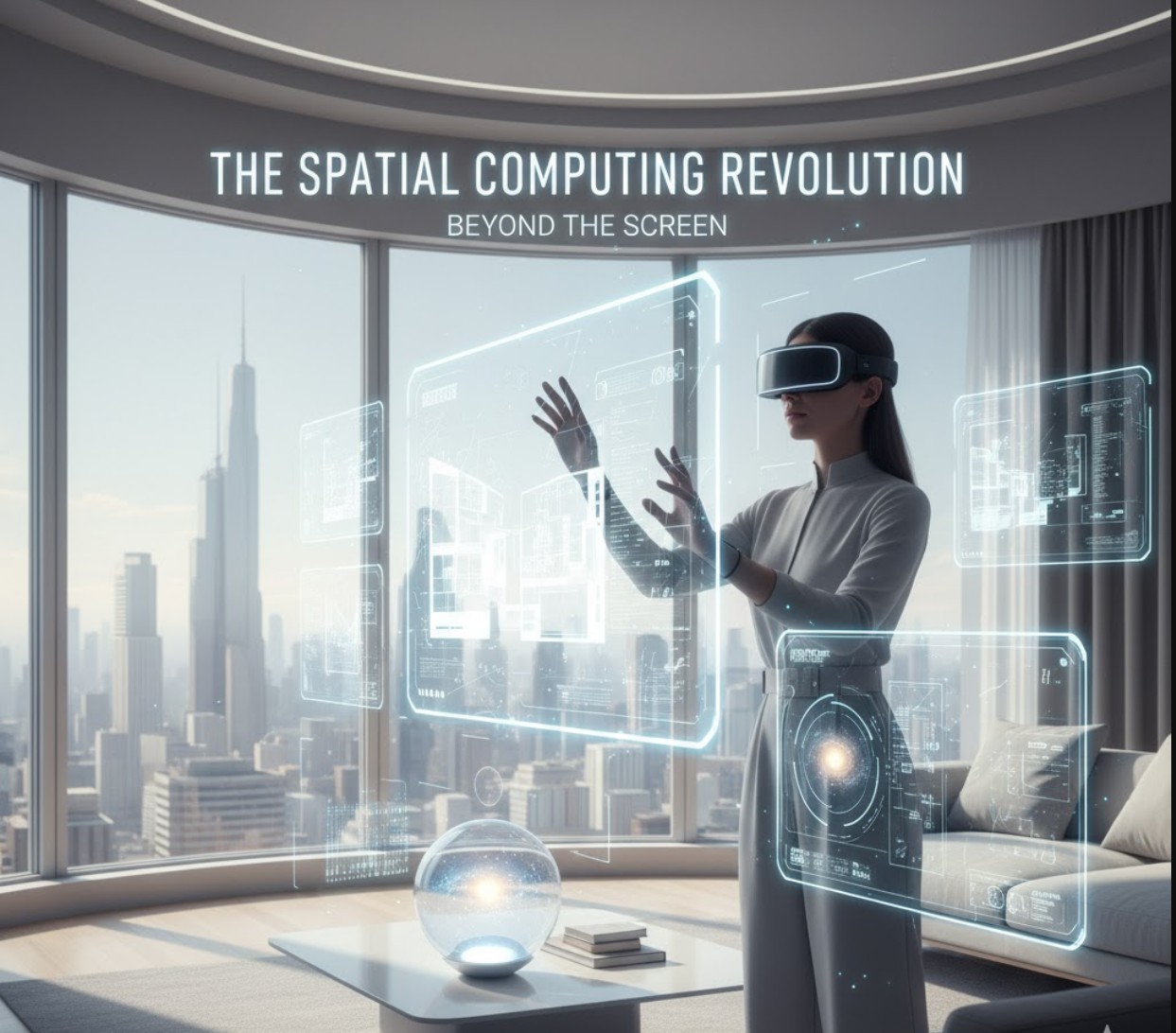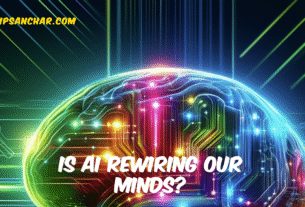For decades, human interaction with technology has been confined to the two-dimensional screen—a persistent barrier between our physical world and the digital realm. That barrier is now dissolving. We are on the cusp of a profound technological shift, moving from “mobile computing” to “spatial computing,” an umbrella term for technologies collectively known as Extended Reality (XR).
This revolutionary domain, encompassing Virtual Reality (VR), Augmented Reality (AR), and Mixed Reality (MR), is not just about new gadgets; it’s a paradigm shift in how we perceive, interact with, and utilize information, fundamentally changing everything from work and education to art and social connection.
Deconstructing the XR Spectrum
The core of spatial computing lies in its ability to blend the digital and physical. The XR spectrum ranges from the fully physical world on one end to a fully virtual world on the other:
- Virtual Reality (VR): This is the fully immersive experience, where a user is completely transported to a simulated environment, cut off from the real world. Devices like the Meta Quest and PlayStation VR are the gateways, enabling deep immersion for gaming, surgical training, and therapeutic applications. It offers a sense of presence—the feeling of being somewhere else—that traditional media cannot match.
- Augmented Reality (AR): Unlike VR, AR layers digital content onto the real world. Think of apps that let you visualize furniture in your living room or navigation overlays on your car’s windshield. It uses the smartphone camera or, increasingly, lightweight smart glasses to enhance the user’s current reality. This is arguably the most ubiquitous form of XR today.
- Mixed Reality (MR): MR is the most sophisticated blend, allowing digital objects to not only be superimposed but to interact with the physical world in real-time. A prime example is the Microsoft HoloLens, which allows a user to “place” a holographic 3D model on a real-world table and manipulate it with their hands, and for that digital model to be occluded by real objects. MR demands significant processing power to achieve true spatial anchoring and environmental understanding.
The Transformative Potential
The transition to spatial computing promises efficiencies and experiences previously impossible.
In the enterprise, XR is proving its value in high-stakes fields. Surgeons practice complex operations on realistic VR models, reducing risk to patients. Engineers conduct collaborative design reviews of massive equipment like jet engines or industrial plants as if they were physically standing next to them. Field technicians use AR headsets to receive overlaid, step-by-step instructions and remote assistance from experts thousands of miles away, dramatically cutting repair times.
For education, it moves learning beyond textbooks. Students can explore the interior of a cell, walk through ancient Rome, or disassemble and reassemble complex machinery in a risk-free virtual laboratory. This experiential learning significantly boosts engagement and retention.
The future of social connection is also spatial. Concepts like the “metaverse,” while often over-hyped, point toward persistent, shared 3D spaces where distance is less of a barrier. Instead of seeing a friend’s name on a video call, you might interact with their realistic avatar in a shared digital workspace or social environment.
Challenges and the Road Ahead
Despite the immense promise, spatial computing is still in its nascent stages. Key hurdles include the “gulf of the uncanny valley” for avatars, the cost and bulkiness of current high-end hardware, and the need for more intuitive interaction models that move beyond controllers to natural hand-tracking and gesture control. Data privacy and ethical guidelines for shared digital environments also require careful consideration.
Nevertheless, with tech giants heavily investing in sophisticated chip design, lighter optics, and more robust software platforms, the trajectory is clear. Spatial computing is not a temporary trend; it is the next evolutionary step in human-machine interaction. As devices become lighter, cheaper, and more seamlessly integrated into our daily lives—perhaps resembling a standard pair of glasses—the digital world will finally step out from behind the screen and merge with our reality, ushering in an era of truly immersive computing.



